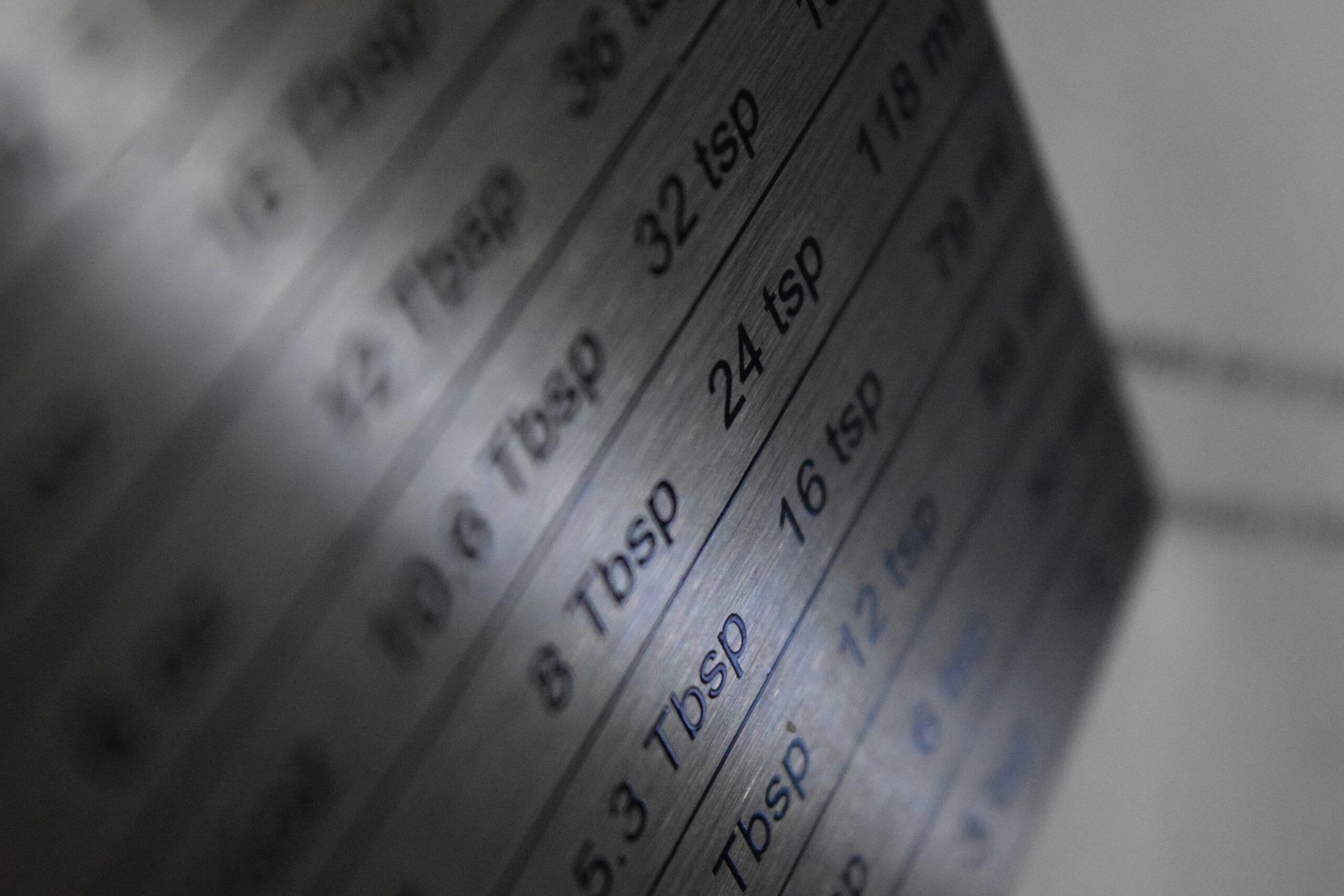Understanding Measurements in Cooking
In the realm of cooking and baking, precision is key when it comes to measurements. Whether it’s flour, sugar, or liquids, using accurate measurements is essential to ensure the success of your culinary creations.
When ingredients are measured correctly, it not only impacts the flavor and texture of the final dish but also plays a crucial role in the chemical reactions that occur during cooking and baking. For example, using too much flour in a cake batter can result in a dense and dry cake, while too little sugar may affect the overall sweetness of the dessert.
Accurate measurements are particularly vital in baking, where ingredients interact in complex ways to produce delicate pastries, cakes, and bread. A slight deviation in measurements can lead to significant changes in the final outcome. That’s why understanding the importance of precise measurements and using the right tools, such as measuring cups and scales, can make a world of difference in the kitchen.
By grasping the significance of accurate measurements in cooking and baking, you set yourself up for success in the kitchen and pave the way for delicious and consistently delectable dishes. Explore further articles on measurement equivalents and tips for cooking measurements to enhance your culinary skills.
Exploring 1 Cup and 100g Equivalency
When it comes to cooking and baking, understanding the relationship between volume measurements, such as cups, and weight measurements, like grams, is essential for precision. In this section, we will delve into the common query – is 1 cup equivalent to 100g?
Is 1 Cup Equivalent to 100g?
The conversion of 1 cup to 100g varies depending on the ingredient being measured. As different substances have varying densities, the weight of 1 cup of a particular ingredient may not always equal 100g. To illustrate this, here is a general comparison table showcasing the difference in weight for common ingredients:
| Ingredient | 1 Cup (approx. grams) |
|---|---|
| All-Purpose Flour | 120g |
| Granulated Sugar | 200g |
| Butter | 227g |
| Water | 240g |
| Brown Sugar | 200g |
As seen in the table above, the weight of 1 cup can differ significantly based on the ingredient being measured. Therefore, it is crucial to refer to specific conversion charts or use a kitchen scale for precise measurements, especially when working with recipes that require accuracy.
Factors Affecting the Conversion Between Volume and Weight Measurements
Several factors can influence the conversion between volume and weight measurements. The density of the ingredient plays a significant role in determining the weight of 1 cup. Ingredients with varying densities will have different weight equivalents for the same volume.
Additionally, the method of measuring can impact the accuracy of the conversion. For instance, compacting or loosely filling a measuring cup can affect the weight of the ingredient. To ensure consistent results, it is advisable to follow standardized measurement techniques, such as spooning ingredients into measuring cups and leveling off the excess.
Furthermore, regional differences in measuring standards can also lead to discrepancies in volume-to-weight conversions. For example, the metric system commonly uses weight measurements, whereas some traditional U.S. recipes rely on volume measurements like cups.
To navigate these complexities and achieve precise measurements in your culinary endeavors, consider using a combination of measuring cups and kitchen scales for accurate and consistent results. For more insights on cooking measurement equivalents and best practices, refer to our detailed article on cooking measurement equivalents.
Understanding the interplay between volume and weight measurements is key to mastering the art of cooking and baking. By being mindful of the variations in ingredient densities and measurement techniques, you can elevate your culinary skills and create delectable dishes with confidence.





